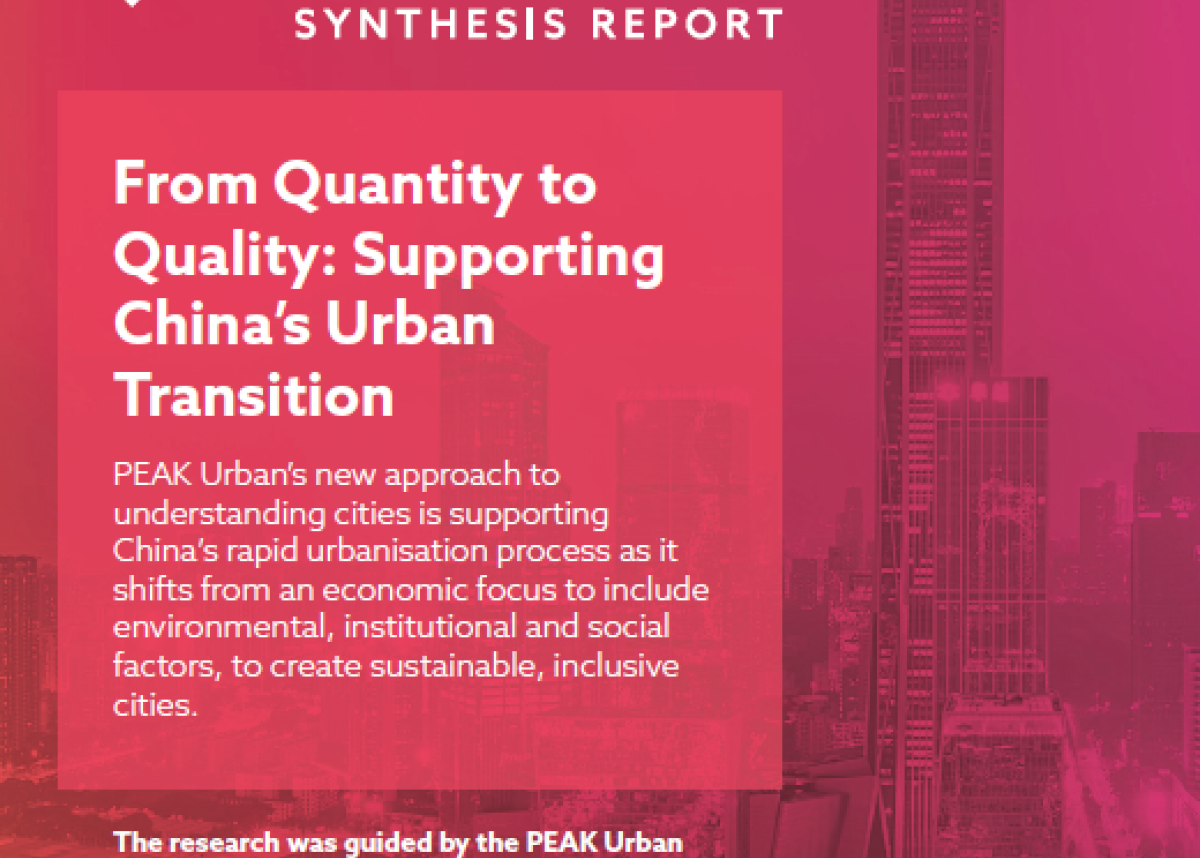
Examining the role of air quality in shaping the landscape of China′s internal migration: characteristics, push and pull effects
With the continuous changes in the composition and migration patterns of floating populations in China, amenities such as air quality have gradually become important factors in shaping the spatial pattern of migration.
On the one hand, the heterogeneous demand structure of various subgroups of migrants will likely lead to substantial change in their overall preference of destination cities as the composition of migrants evolves significantly in recent years, that is, but not limited to, the increasing shares of the high- skilled, the aged, etc. On the other hand, emerging types of migration such as inter- city migration, secondary migration, and return migration has not only made the spatial modes of China′s internal migration much more complex than before but also provides more opportunities to cities that previously had few migrants.
Against this background, based on the data of population censuses and sample surveys since 2000 and by using panel data models, this paper explores the overall characteristics and changing trends of the effect of air quality on migration. Regression results of the panel data model demonstrated the significantly positive association between air quality and net migration rate which has rarely been discussed in previous literature. A set of cross-sectional models further revealed the increasing role that air quality plays in affecting the geography of China′s internal migration, which is in line with the migration transition history of developed countries.
In- depth analysis on the mechanism of this effect found that the environmental condition has been acting mainly as a push factor instead of a pull one. Air quality is directly related to the emigration decision, which means that a number of Chinese people have been escaping from heavily polluted areas. In contrast, satisfactory air quality and pleasant living conditions have not been a vital factor in attracting migrants. As it is a fact that income level and job opportunity still play a significant role in pulling, their overall influence has been shrinking gradually as the income level increases commonly in all Chinese cities.
In addition, the study verified the guiding role of accessibility of educational resources for cities to attract internal migrants and further revealed the continuously strengthened position of megalopolises as the main spatial form of China′s new-type urbanization from the perspective of migration.